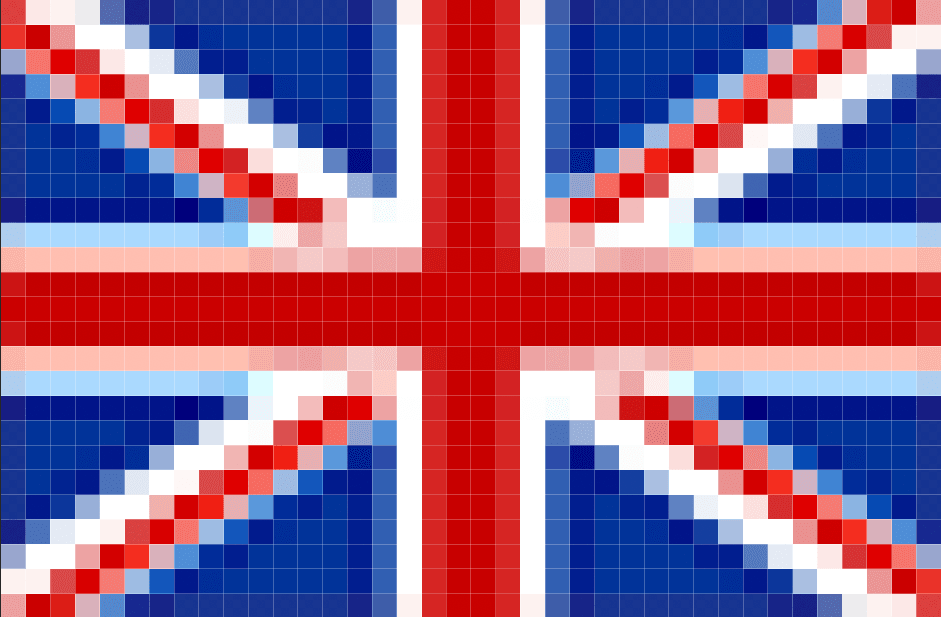your cart
Your cart is empty.
In Asian countries, seaweed is a staple ingredient and necessity in their diet, it isn’t just saved for sushi rolls or when you order a Chinese from the takeaway. The newest superfood on the market, which reports have claimed will overtake kale and avocados, is one of the most nutrient-dense foods available. The sea vegetable is beginning to appear in high-end restaurants all over the UK, and can now be used in your kitchen too.
What is seaweed?
Seaweed is a member of the algae family; it grows in water, usually attached to rocks or other stationary surfaces. There are three main groups that seaweed is categorised in; green, brown and red. Within these categories, there are over ten thousand edible varieties. Green algae are prominent in fresh waters like lakes and streams, whereas brown and red algae favour marine waters. Seaweed has been used in products for hundreds of years, as an ingredient in fertilisers, cosmetics and medicines. It has also been eaten for thousands of years, but only recently has it gained in popularity in Western diets.
Some of the most regularly eaten seaweeds in Asian cuisine are kombu, wakame and ao-nori. Kombu is a variety of kelp; it is the variety that most people will recognise the look of. Around the shores of Japan and Korea, Kombu is farmed on ropes or meshes in the ocean to produce it on a mass scale. Wakame is another variety of kelp which is also grown in Japan. Ao-nori is very much like the laver that is found on the coastline around England in appearance and taste. It is usually crushed into a paste, or into the thin sheets of green that many will recognise on the outside of their sushi rolls. Seaweed is added to soups, stews, eaten as a side dish or dried and used as a seasoning with many traditional Asian meals.
The health benefits
Healthy heart
Seaweed contains anti-inflammatory properties and has shown in studies that it can reduce blood pressure and cholesterol, promoting a healthy heart and reducing cardiovascular risk.
Low in calories
Seaweed is not only low in calories, but it is also packed full of fibre. Fibre makes and keeps you feeling fuller for longer as it slows down the digestion process, preventing the late-night fridge raids and impulsive snacking. There are two types of fibre; insoluble and soluble. Insoluble is needed for healthy bowel movements. Soluble is the rarer and harder type of fibre to get from foods. One of its main functions is to inhibit the absorption of sugar and fats into the blood stream, reducing the chances of weight gain and high cholesterol, for us seaweed eaters, soluble fibre is plentiful in every small mouthful enjoyed!
High in nutrients
Seaweed is bursting with micronutrients such as calcium, zinc, iron and magnesium amongst many others. Seaweed is particularly good for vegans and vegetarians as it contains the essential omega-3 and B12 vitamins which are difficult to obtain from a meat and dairy free diet. Seaweed also contains high iron levels which are vital to maintain energy levels.
Hormone balancing
Seaweed naturally contains iodine, which is usually difficult to get from unprocessed food sources. Iodine has been added to salt for almost 100 years to help prevent deficiency amongst the masses. It is needed to keep your thyroid healthy, which is a gland in your neck that regulates your hormones. Seaweed must be eaten in moderation, due to the high levels of iodine, as eating too much of one thing, can be just as bad as not getting enough.
Why not give seaweed a try? Seaweed snacks are a great introduction to the delicious and nutrient rich food!
We also stock dried seaweed, ideal for adding to various dishes and making sushi.
this site uses cookies
We and our advertising partners use cookies on this site and around the web to improve your website experience and provide you with personalised advertising from this site and other advertisers. By clicking allow, you accept the placement and use of these cookies for these purposes. Learn More



